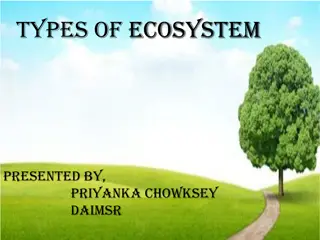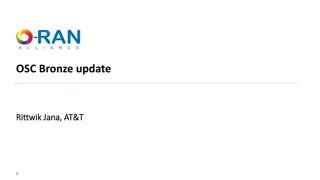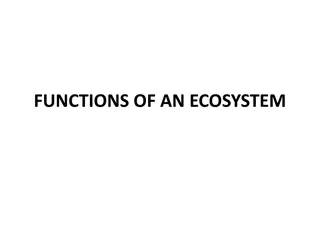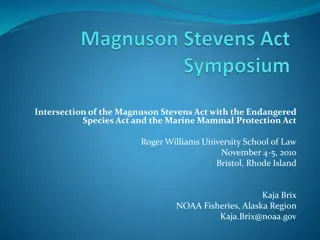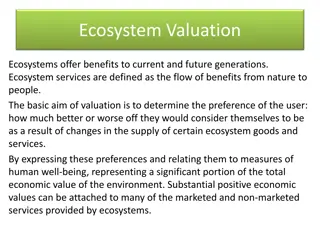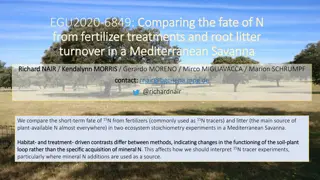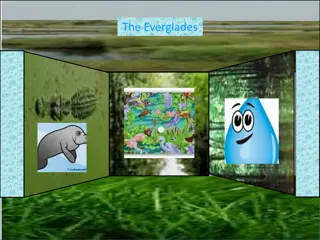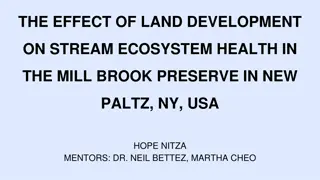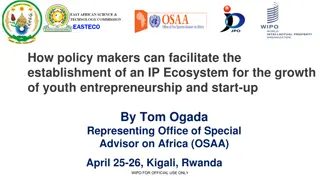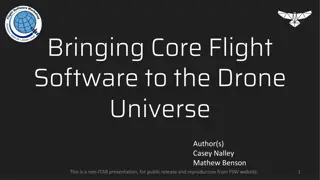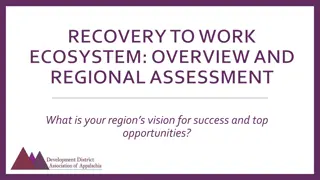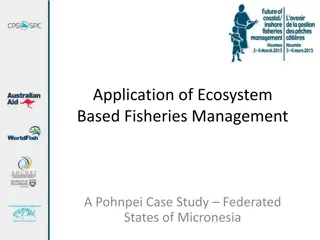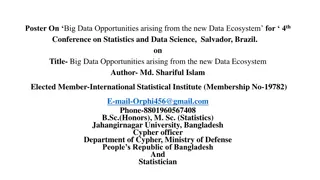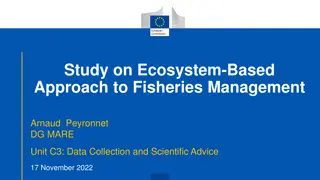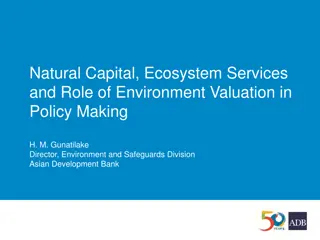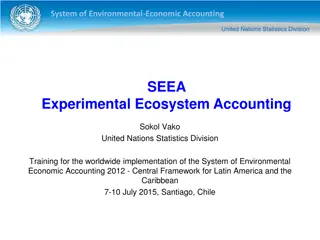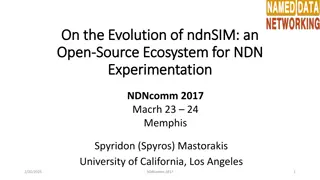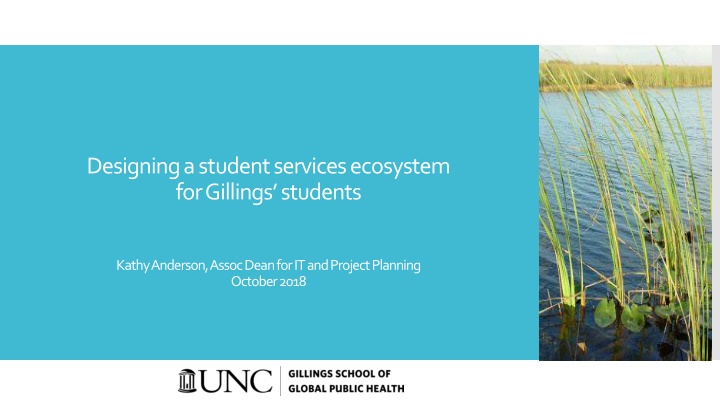
Creating an Optimal Student Services Ecosystem at Gillings: A Holistic Approach
Transforming student services at Gillings to meet evolving needs by designing a customer-centered ecosystem for students, facilitated by a forward-thinking strategy focusing on student success, innovation, and best practices. The approach involves leaving behind outdated methods and building a dynamic ecosystem that prioritizes student experience and success, ensuring positive outcomes at every academic stage. Planning, designing, and implementing this vision involves collaboration with faculty, students, and staff to develop and refine optimal services that drive student achievement and satisfaction.
Download Presentation

Please find below an Image/Link to download the presentation.
The content on the website is provided AS IS for your information and personal use only. It may not be sold, licensed, or shared on other websites without obtaining consent from the author. If you encounter any issues during the download, it is possible that the publisher has removed the file from their server.
You are allowed to download the files provided on this website for personal or commercial use, subject to the condition that they are used lawfully. All files are the property of their respective owners.
The content on the website is provided AS IS for your information and personal use only. It may not be sold, licensed, or shared on other websites without obtaining consent from the author.
E N D
Presentation Transcript
Designing a student services ecosystem for Gillings students Kathy Anderson, Assoc Dean for IT and Project Planning October 2018
The world is becoming more customer-centered. In our statement of values, we say that we are student-centered. Today s students have rising expectations about university experiences and more choices. We recognize and have received consistent feedback over multiple years that we are not providing optimal services in today s competitive landscape and the professionalization of student services. We know this from: Why build an ecosystem? Admitted and current students Staff and faculty who serve students Our accreditor Comparison with competitors websites High level university leaders who have compelled us on a couple occasions to conduct assessments of our approach to student services. We ve been trying to accommodate the old system and future needs at the same time.
Stay connect- ed Complete studies Inquire Apply Choose Enroll Graduate Student journey, student lens Weigh all relevant factors which may vary considerably; select program of study. Consider different programs and schools of potential interest; search for information. Begin program of study; learn what s required to complete degree; complete milestones. Complete application processes; & receive admissions decisions. Seek job or develop plan to continue education; graduate. Explore & choose ways to stay connected as an alum. Complete enrollment processes.
Delivery system for package of services for all our students at every point in their academic journey Our ecosystem that facilitates successful degree completion with positive experiences throughout and is effective, efficient, sustainable and based on best practices
Approach Leave the past and present behind. Create the best possible ecosystem vision. Describe what every student should expect if they come to Gillings. Don t consider cost at the design stage.
PLANNING DESIGN IMPLEMENT INPUT Develop proposal. Hold design session: Hold student design exercise sessions. Identify facilitators. Final decision by dean Create optimal services prototype. Assemble background materials. Convene implementation team to make necessary adjustments for practice. Hold student services staff design exercise sessions. Evaluate against student, faculty, student services and School leadership committee members input; refine recommendations. Timeline Identify & invite participants: Hold faculty design exercise session. Students Student services staff Faculty Rapid Design Team Implement. DEC OCT SEP NOV

